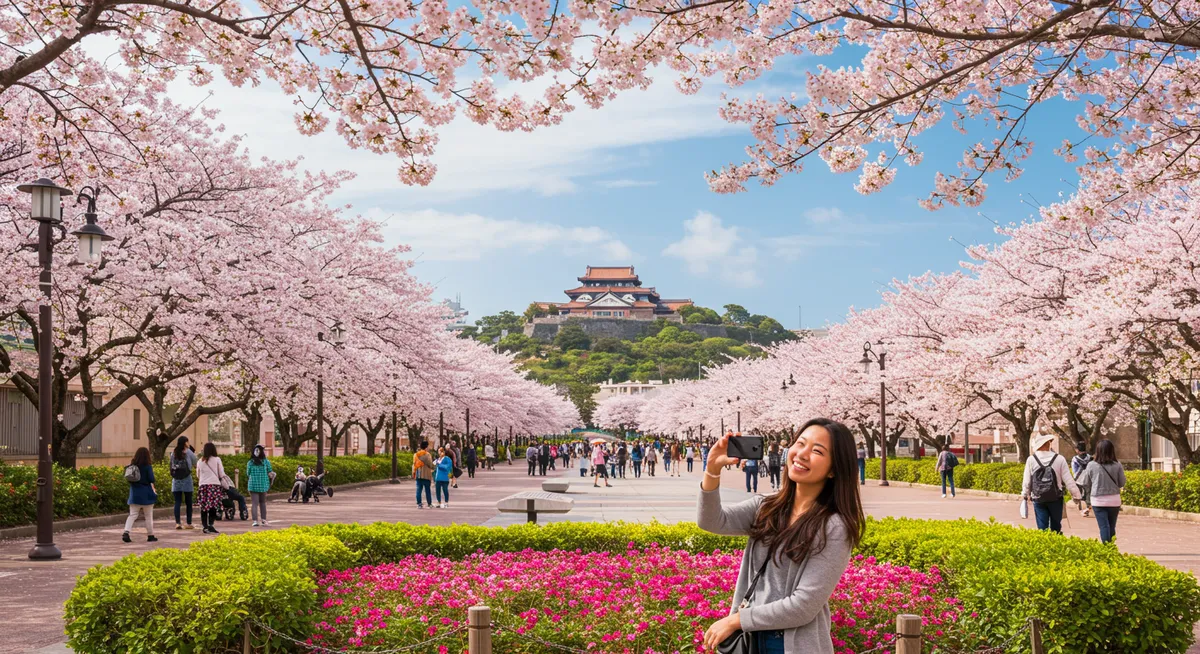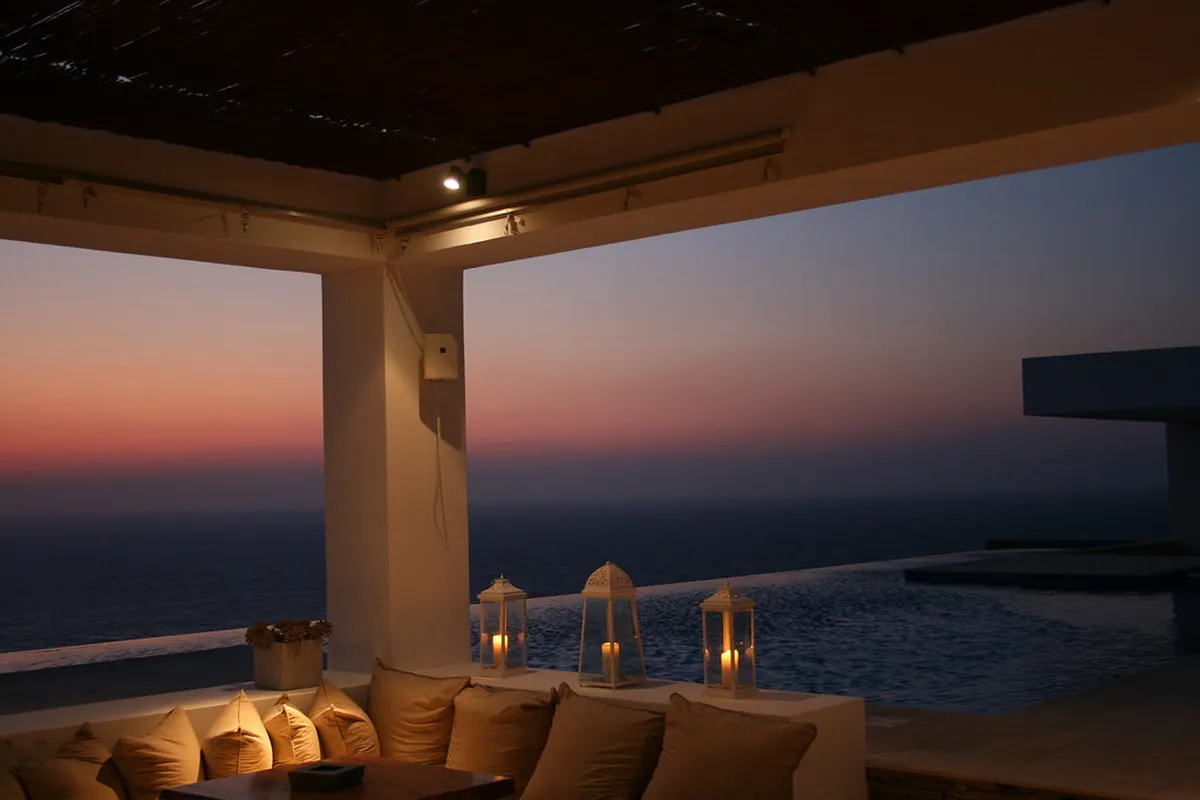Best Time to Visit Naha, Japan
Having explored Okinawa extensively, I've learned that timing truly is everything when planning a trip to its vibrant capital, Naha. This guide aims to equip you with the knowledge to pick the perfect season for your island adventure. Whether you're seeking sun-drenched beaches, cultural festivals, or a tranquil escape, understanding Naha's distinct seasonal rhythms will enhance your experience significantly. Discover the best local cuisine with our Naha food guide. Enhance your Naha experience with our Naha itinerary.
Spring (March to May): Mild Weather & Festivals
Plan this trip faster with our free online itinerary maker. Get a personalized day-by-day plan in minutes.
As a seasoned traveler to the Ryukyu Islands, I consider spring (March to May) arguably the best time to visit Naha Japan for balanced weather. Temperatures are comfortably mild, typically ranging from 18°C to 25°C, making it ideal for exploring the city's historical sites without intense heat. Although cherry blossoms peak earlier in Okinawa than mainland Japan, you might still catch late blooms. Furthermore, this period often features vibrant cultural events like the Ryukyu Dynasty Festival, showcasing traditional arts. However, be mindful of Golden Week (late April/early May), as domestic tourism surges, impacting prices and crowds significantly. For a detailed plan, consider exploring our comprehensive Naha itinerary. Find the perfect place to stay with our Naha accommodation guide.
Summer (June to August): Tropical Heat & Marine Activities
Summer in Naha, from June to August, embraces true tropical island living. Temperatures soar above 30°C with high humidity, perfect for beach lovers and marine enthusiasts eager to dive into Okinawa's turquoise waters. My personal tip: always stay hydrated and seek shade during midday. While the sea is inviting for snorkeling and diving, this period also marks the peak typhoon season, particularly towards late summer. Visitors should closely monitor weather forecasts. Despite the heat, this is when many local festivals celebrating Okinawa's vibrant culture take place. Discover more thrilling things to do in Naha during these lively months. Arrange your visit using our Naha itinerary.
Autumn (September to November): Pleasant Climate & Less Crowds
Following the summer heat, autumn (September to November) emerges as another excellent period to determine the best time to visit Naha Japan. The typhoon threat diminishes significantly by mid-October, and temperatures become wonderfully pleasant, hovering between 20°C and 28°C. This shoulder season offers fewer crowds at popular attractions across the Ryukyu capital, providing a more relaxed experience. It's an ideal time for leisurely strolls through Shikinaen Garden or exploring local markets. I've found this period offers great value, often with lower accommodation prices. For tips on managing expenses, refer to our Naha budget travel guide.
Winter (December to February): Cooler & Quiet
Winter in Naha (December to February) brings the mildest temperatures, typically ranging from 15°C to 20°C, a welcome reprieve from colder climates. While swimming might be too cool for some, this season is perfect for exploring Naha's rich history and culture without breaking a sweat. It's also prime whale-watching season, as humpback whales migrate to Okinawa's warmer waters. The city feels quieter, allowing for more intimate experiences at historical sites like Shuri Castle. Personally, I love the peaceful atmosphere for exploring local eateries. Understanding getting around Naha transportation is key to making the most of your explorations during these tranquil months.
Key Considerations for Your Naha Trip
Beyond just weather, selecting the best time to visit Naha Japan involves crucial considerations. Typhoon season, primarily from July to September, demands vigilance; always check forecasts before and during your trip. Public holidays like Golden Week (late April to early May) and Obon (mid-August) see a surge in domestic tourism, leading to higher prices and crowded attractions. If you seek tranquility and better deals, avoid these periods. On the other hand, if specific cultural events or festivals are your priority, research Naha's annual calendar. From the Okinawa Eisa Festival in August to the Naha Great Tug-of-War in October, these lively gatherings can define your trip experience.
Frequently Asked Questions
Is Naha affected by typhoons?
When are the peak tourist seasons in Naha?
Can you swim in Naha in winter?
Ultimately, the best time to visit Naha Japan hinges on your personal preferences. Spring and autumn offer ideal weather for sightseeing and fewer crowds, making them superb choices for a balanced experience. Summer beckons with its vibrant marine activities despite the heat and typhoon risk. Winter, conversely, provides a peaceful escape with cooler temperatures and unique whale-watching opportunities. No matter when you choose to go, Naha's unique blend of Ryukyu culture and tropical beauty promises an unforgettable adventure. Start planning your Naha getaway today!



